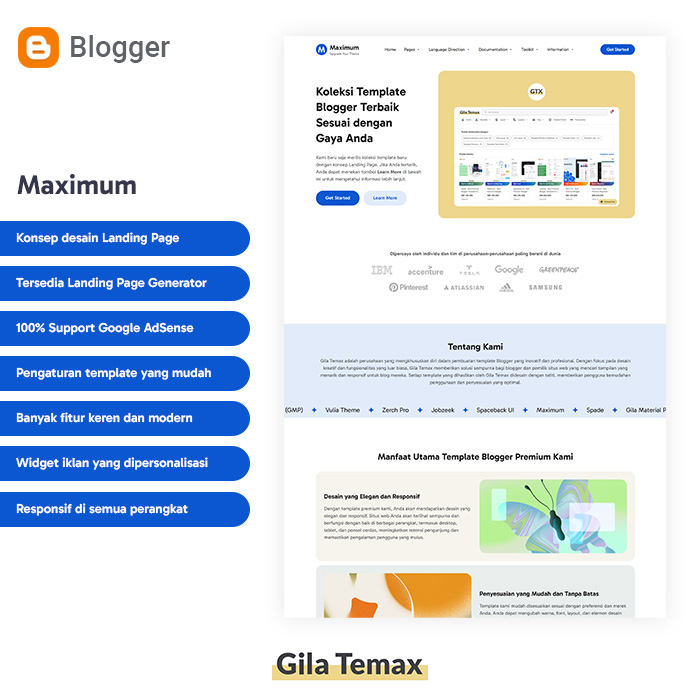UX in flux: what lead to the layoffs and what lies ahead
A year ago, I found some evidence that UX — and UX Research, in particular — may have been disproportionately impacted by layoffs. Since then, many companies have had further reductions in force. It’s fair to say that most UX professionals have either been personally affected or know colleagues who have.
It’s a discouraging time. Many of us are looking for direction and explanations. Some of you have even reached out to me hoping to find some clarity. I’ll be the first to admit that I don’t have all the answers, but I’ve continued collecting data on the state of the field. For whatever it’s worth, here’s my perspective on several questions I’ve gotten since last year.
Have you updated your UX layoffs data? How have the findings changed?
In November 2022, I used layoff support directories as a primary source of data. Though convenient, these public spreadsheets suffer from two major drawbacks:
- Participation was voluntary and thus self-reported, creating potential sampling bias. In other words, some groups may be more or less likely to enter their information, creating an illusion of how well represented they are.
- Such directories have since grown less popular. Malicious actors have abused them as a source of personal information. Plus, increased awareness of the tight job market makes their purpose less clear.
I’ve since tried to replicate those findings using public records submitted by companies in compliance with employment laws. Under many circumstances, companies are required to release detailed information about planned layoffs or else face legal scrutiny. I updated my analysis using data collected by WARN Tracker, a service that tracks and compiles these records.
Comparing these data to team size and ratio benchmarks from Nielsen Norman Group, I again found that more Researchers were laid off than expected. Instead of 1 Researcher to every 5 Designers, as in my 2022 data findings, it was closer to a 1:1 ratio. On the bright side, nominally fewer Designers were laid off than expected — about 1 for every 12 Engineers, rather than the previous 1:10 ratio.
Although these data are an improvement over self-reported stats, they have their own limitations. They’re somewhat dated, ending in April — though the size and frequency of layoffs have stabilized since then. They’re also largely limited to employees laid off in California, which may not represent the entire market of UX professionals despite being a key location for many.
Nevertheless, both sets of data suggest that UX Research may have been disproportionately affected by layoff decisions.
Has the job market for UX Research picked back up yet?
The disproportionality between available UX jobs to other available Product positions is similar to what we saw in my layoffs data. That is, there are only about 70% as many open Research roles as might be expected from open Design roles. Worse, there are only 33% as many open Design roles as would be expected from open Engineering roles.
Although open UX roles are still available, they have been slower to recover than Engineering.
Why has tech taken such a huge hit?
Noted industry analyst Ben Thompson suggested that a “covid hangover” and higher interest rates are two key drivers of the tech recession.
Lockdowns and other pandemic mitigation strategies meant that customers couldn’t easily transact with businesses in-person. So the years-long gradual shift to web and mobile channels suddenly and dramatically accelerated. As restrictions loosened up and consumers returned to familiar habits, that growth rate proved to be unsustainable.




















https://supercashdeal.com/th/samsung/samsung-galaxy-m16-5g-price-in-thailand/
https://supercashdeal.com/th/samsung/samsung-galaxy-s24-ultra-price/
https://supercashdeal.com/th/samsung/get-samsung-discount-coupons-in-thailand-by-super-cash-deals/
https://supercashdeal.com/th/samsung/samsung-galaxy-a15-5g-price/